In 1911, explorer Hiram Bingham arrived at Machu Picchu, marking a significant turning point in the history of tourism in Peru. His photographs revealed to the world an Inca city hidden among mountains and clouds.
Today, these images continue to inspire thousands of travelers to walk its legendary paths and admire its fantastic structures.
Bingham’s photos, taken with large-format cameras, show a city covered in dense vegetation. Through this visual chronicle, we can see what Machu Picchu looked like before restoration. The contrast between the past and the present offers a fascinating visual experience for history enthusiasts.
Visiting Machu Picchu also means following in the footsteps of the man who brought it to the world’s attention. The route features Andean landscapes, sacred temples, and millennia-old terraces that remain intact. Each 1911 image invites us to rediscover its mystery from a new perspective.
- Machu Picchu: The Lost City of the Incas
- Who discovered Machu Picchu?
- The photographs of Machu Picchu in the eyes of the world
- A visual chronicle of Machu Picchu
- Beyond Bingham: The first discoverers
- How to get to Machu Picchu?
- Ideal conditions for discovering the Inca wonder
- Tour Options to Visit Machu Picchu
- You may be interested:
Machu Picchu: The Lost City of the Incas
Machu Picchu is an Inca citadel located in the Peruvian Andes. Its name means “old mountain” in Quechua, and it has been declared a Cultural and Natural Heritage of Humanity by UNESCO. Undoubtedly, it is one of the most fascinating architectural legacies of Inca culture, visited by over a million people annually. It is situated 85 kilometers from the city of Cusco, in the province of Urubamba, nestled between the mountains of Huayna Picchu and Machu Picchu at an elevation of 2,350 meters above sea level.
However, in this blog, we will explore what made the year 1911 unique for Machu Picchu. If you’re a lover of photography and history, join me on this visual travel diary.
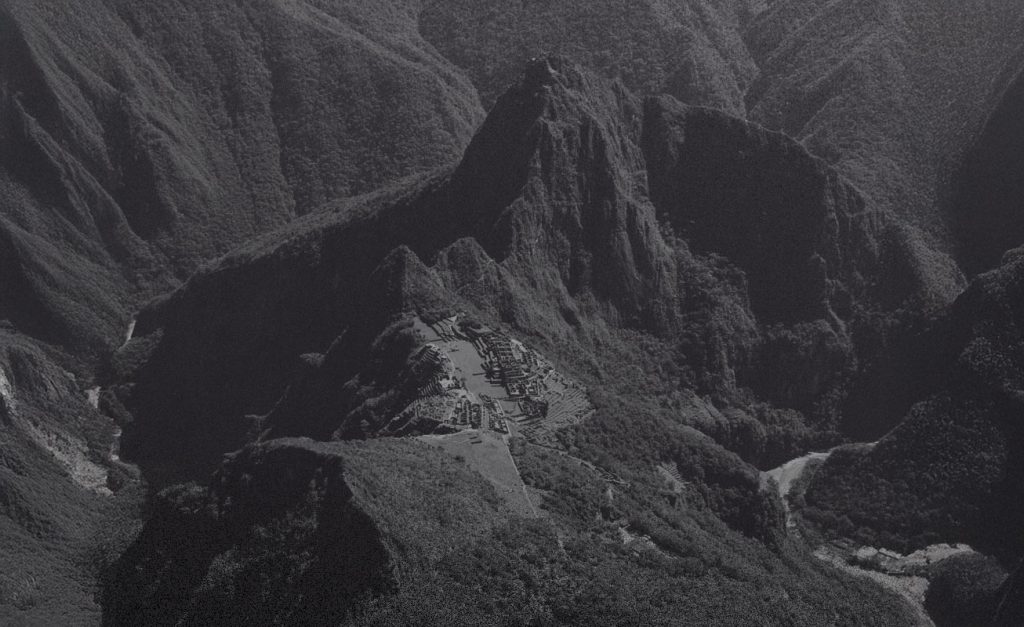
Who discovered Machu Picchu?
Much has been said about who discovered or rediscovered Machu Picchu over the past decades. It was Hiram Bingham, the American explorer and professor, who, while on a small expedition to the city of Cusco, revealed Machu Picchu to the world in 1911 through numerous photographs taken with his camera. These were first published by the renowned National Geographic organization and Yale University.
Undoubtedly, the year 1911 marked a before and after for Machu Picchu, as Hiram Bingham’s photographic record showcased firsthand images that visually described the majesty and grandeur of Inca culture. It’s worth noting that Hiram Bingham’s research compiled around 244 photographs from the expedition, using special Kodak cameras that allowed for panoramic and videographic views. They obtained 3,500 negatives and employed approximately 10 wooden tripods, according to National Geographic.
The photographs of Machu Picchu in the eyes of the world
Creating a visual diary in that era was both an ethnographic and visual innovation feat, enabling archaeological restoration studies, historical and social research, and more. The worldwide promotion of Machu Picchu in 1911 highlighted the legacy and significance of one of the most incredible archaeological sites, while also paving the way for the protection and preservation of Peru’s cultural heritage.
Subsequently, Hiram Bingham wrote the book “The Lost City of the Incas,” in which he described his experience with Machu Picchu in 1911, providing a documentary and human perspective on the life-changing exploration, as reflected in the following quote from his book:
“Suddenly, I found myself standing before the walls of ruins and houses built with the finest Inca craftsmanship. The walls were difficult to discern, as trees and moss had covered the stones for centuries. But in the bamboo shadow and climbing shrubs, there were visible walls made of precisely cut white granite blocks. I found brilliant temples, royal houses, a grand plaza, and thousands of houses. It seemed like a dream.”
With that in mind, we have selected 12 photographs from Bingham’s visual archive that will allow you to observe and imagine how the Incas lived more than 200 years ago. These views include panoramic shots of Machu Picchu, stone walls, towers, and more. Finally, we must highlight that the Inca culture was an advanced civilization that united a large part of Latin America. Its architecture features large, tightly joined stone blocks, deeply connected to Andean symbolism and nature.
A visual chronicle of Machu Picchu
1. Panoramic View of Machu Picchu

2. Inca Masonry

3. View of the inner wall and main gate of the city of Machu Picchu.

4. Photographic capture of the Sacred Plaza in Machu Picchu.

5. Eastern Side Image of Machu Picchu

6. Panoramic View of the Western Side of Machu Picchu

7. Typical Stone Walls of the Inca Citadel

8. Image of a Cleared and Restored Wall in Machu Picchu

9. Image of the circular tower and interconnected Inca stone walls.

10. Stone Wall Image

11. Main Gate and Inner Wall Image, with a View of Huayna Picchu Mountain

12. General Panoramic Image of Machu Picchu
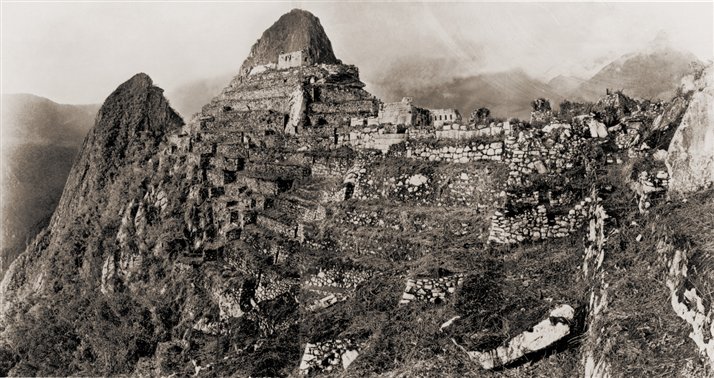
Beyond Bingham: The first discoverers
Before the world learned about Machu Picchu, 1911 was not the true beginning of its modern rediscovery. In 1902, Agustín Lizárraga, a farmer from Cusco, reached the citadel first, along with Enrique Palma and Gabino Sánchez. They carved their names into a stone, leaving undeniable proof of their presence.
Lizárraga lived in the district of San Miguel de Urubamba, near Machu Picchu, and actively explored agricultural areas and nearby ruins. He was the one who first spread word of the citadel to the local community, long before Bingham. On the wall of one of the royal houses, his inscription still reads: “A. Lizárraga – July 14, 1902.”
However, when Hiram Bingham arrived in 1911, he did not give enough credit to Lizárraga or other prior visitors. Bingham was guided by a land tenant, Melchor Arteaga, and a Peruvian guard named Carrasco. Upon arrival, they found the Recharte and Álvarez families living there, cultivating the terraces and using an active Inca canal. Pablo Recharte, a local boy, led Bingham to the urban area of the citadel, then covered in dense vegetation. Machu Picchu in 1911 and Bingham’s photography were pivotal, but they also obscured the efforts of those who paved the way.
Lizárraga’s status as a Peruvian farmer reduced his visibility in the international narrative shaped by foreign universities and magazines. Nevertheless, his legacy survives among Andean voices. People in Cusco remember his name with pride and consider him the true pioneer of the discovery.
Historical Recognition: History also has other protagonists
The story of Machu Picchu cannot be told without including those who first saw it, explored it, and shared it with the world. The 1911 photograph helped globalize the site but failed to fully honor its roots. Today, new research and publications are reclaiming Agustín Lizárraga as the true discoverer.
Future generations of travelers should know that Machu Picchu holds more than one discovery story. Respecting local voices is also part of responsible tourism.
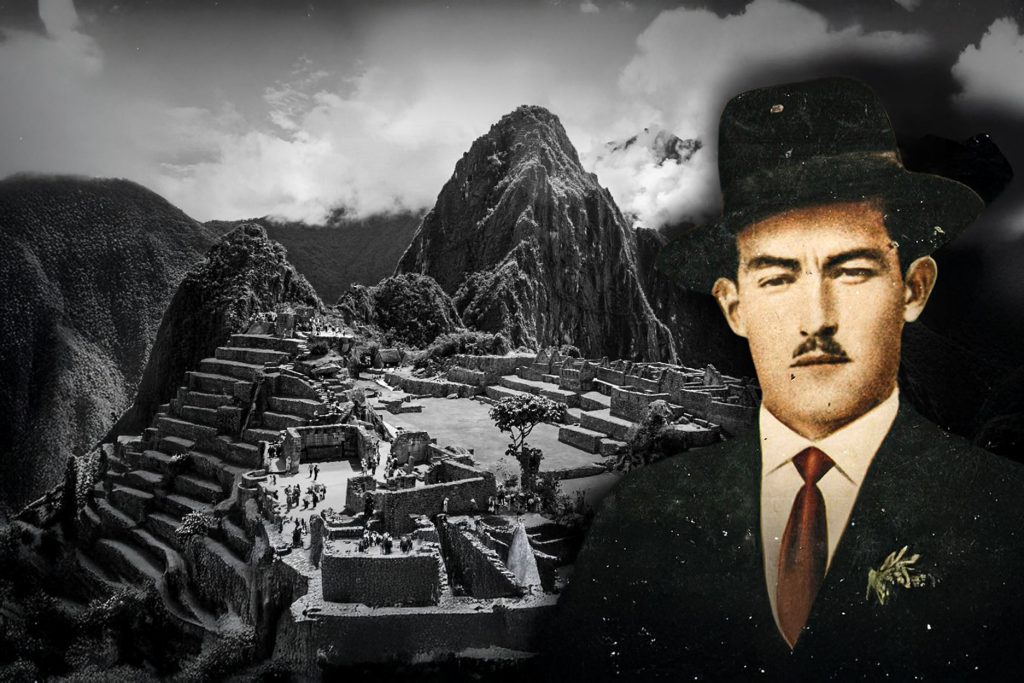
How to get to Machu Picchu?
There are multiple routes to reach Machu Picchu, each offering a different experience for every type of traveler. The most direct option is taking the train from Cusco or the archaeological site of Ollantaytambo (you can choose Inca Rail or Peru Rail trains). This journey is comfortable, scenic, and allows you to enjoy the Andean landscape without physical effort. Note: all trains arrive in the town of Aguas Calientes.
From Aguas Calientes, the gateway town to Machu Picchu, there are two ways to reach the main entrance. You can take an eco-friendly bus that covers the route in 25 minutes, or hike a steep trail. This hike takes between one and two hours, depending on your pace.
Be sure to purchase your entrance, train, and bus tickets in advance to avoid issues. The number of daily visitors is limited and often sells out during the high season (from May to October). Also, don’t forget to carry your passport, as it is required for entry.
Read our blog: Machu Picchu Tickets 2025: Everything You Need to Know! And get all the details to enter this world wonder.
Another popular option is hiking the famous Inca Trail, an ancestral route rich in culture and nature. This experience requires physical preparation but rewards you with stunning views. Many visitors consider this trail one of the best ways to connect with the Inca legacy.
Alternative Trekking Routes to Machu Picchu
Instead of the classic Inca Trail, the Lares Trek offers an authentic cultural experience. This four-day, moderately difficult route passes through Quechua communities and Andean landscapes filled with mountains and lagoons. At the end, you’ll reach Ollantaytambo to catch the train to Aguas Calientes and finally reach Machu Picchu — with fewer tourists and direct contact with local traditions.
Meanwhile, the Ancascocha Trek, also known as the Hidden Inca Trail, is ideal for hikers seeking spectacular views and solitude. This five-day route features waterfalls, open valleys, and snowy passes before descending into the high jungle en route to Machu Picchu. It’s perfect if you want a less-traveled path with untouched nature and cultural immersion.
In 1911, Hiram Bingham didn’t have these modern options to reach the sacred citadel. His journey was grueling, with no mapped trails or tourist trains. Today, thanks to his photographic records, we know what the environment he explored looked like.
Discover more route options to reach Machu Picchu in our blog: Inca Trail and Salkantay Alternatives: Other Routes to Machu Picchu.
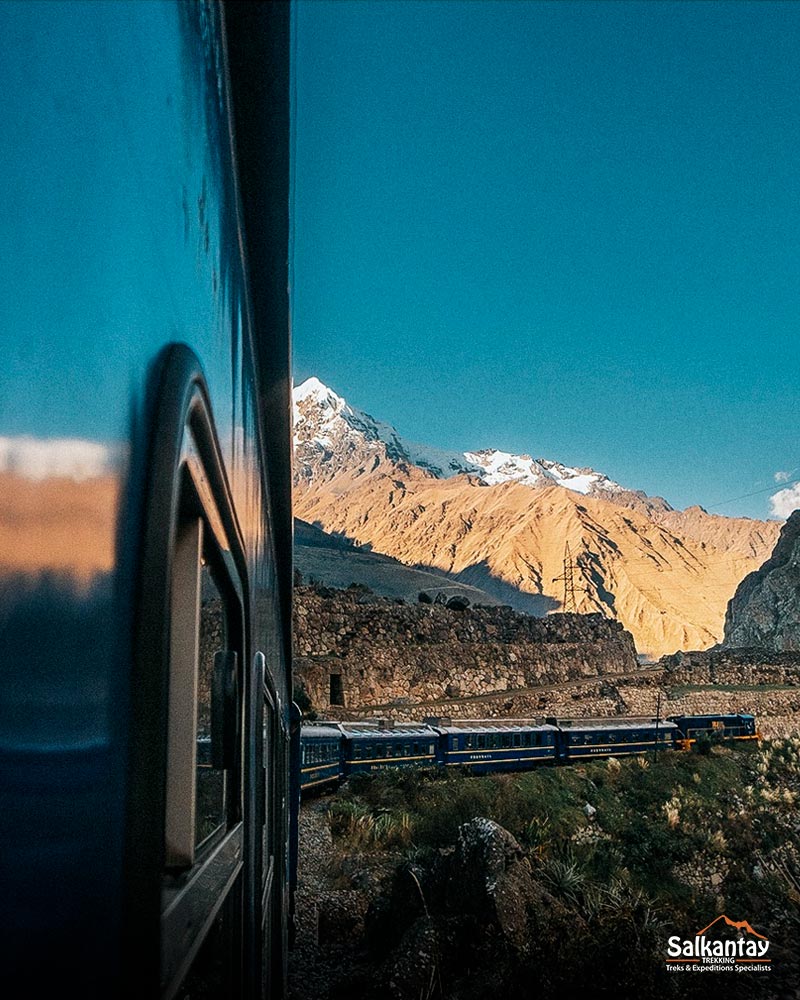
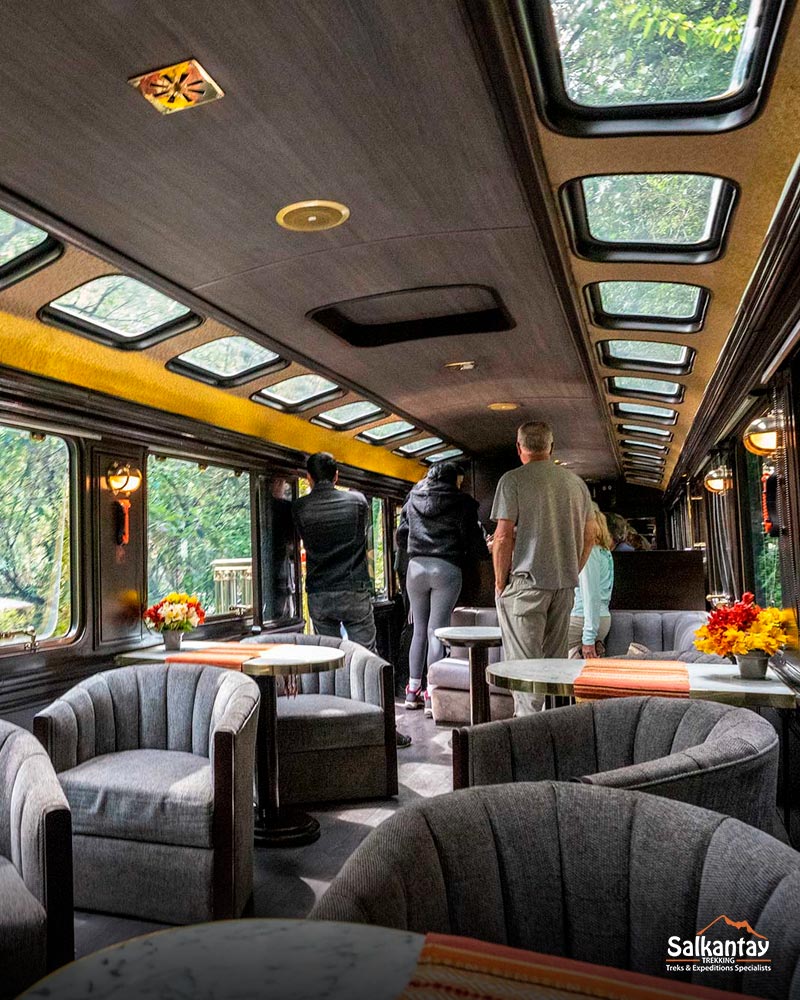
Ideal conditions for discovering the Inca wonder
The climate in Machu Picchu is subtropical and mountainous, with mild days and cool nights throughout the year. The citadel is located in the high jungle, an area with abundant vegetation and constant humidity. Rainfall marks the main difference between seasons.
Low Season
From November to April, rainfall is frequent, and paths can become slippery. This time of year brings green landscapes and morning fog, which may affect visibility in some areas.
However, there are fewer tourists and greater ticket availability.
High Season
The dry season, from May to October, offers clear skies and more accessible trails.
July and August are the busiest months for both domestic and international tourists.
Therefore, it’s advisable to plan your trip to avoid setbacks.
Weather: A key part of the travel experience
Machu Picchu maintains an average temperature between 54°F and 75.2°F throughout the year. The main difference between seasons is the presence or absence of rain. Choose your time based on your priorities: stable weather or fewer crowds.

Useful Tip
Staying in Cusco one or two nights before your visit helps with altitude acclimatization. It also allows you to explore the Sacred Valley and other nearby attractions. However, be sure to plan your trip 4 to 5 months in advance.
At Salkantay Trekking, we offer full tours to Machu Picchu, the Inca Trail, and Sacred Valley circuits. Our packages ensure logistics, expert guides, and rich cultural immersion. Check out our options and secure your journey to this wonder of the world.
The story of Machu Picchu, as well as the 1911 photography, may also inspire your visual journey. Come and create your memories among sacred stones, ancient trails, and unforgettable landscapes.
Tour Options to Visit Machu Picchu
In case you’re short on time or couldn’t find availability for your preferred route:
- Machu Picchu One Day Tour
- Machu Picchu Tour by Train 2 Days
- Sacred Valley & Machu Picchu 2 Days
- Machu Picchu & Rainbow Mountain 5 Days
- Maras, Moray, and Machu Picchu 2 Days
Remember that all tours are subject to availability, so be sure to book your Machu Picchu adventure in advance. For more information, read our blog: Machu Picchu Regulations 2025.
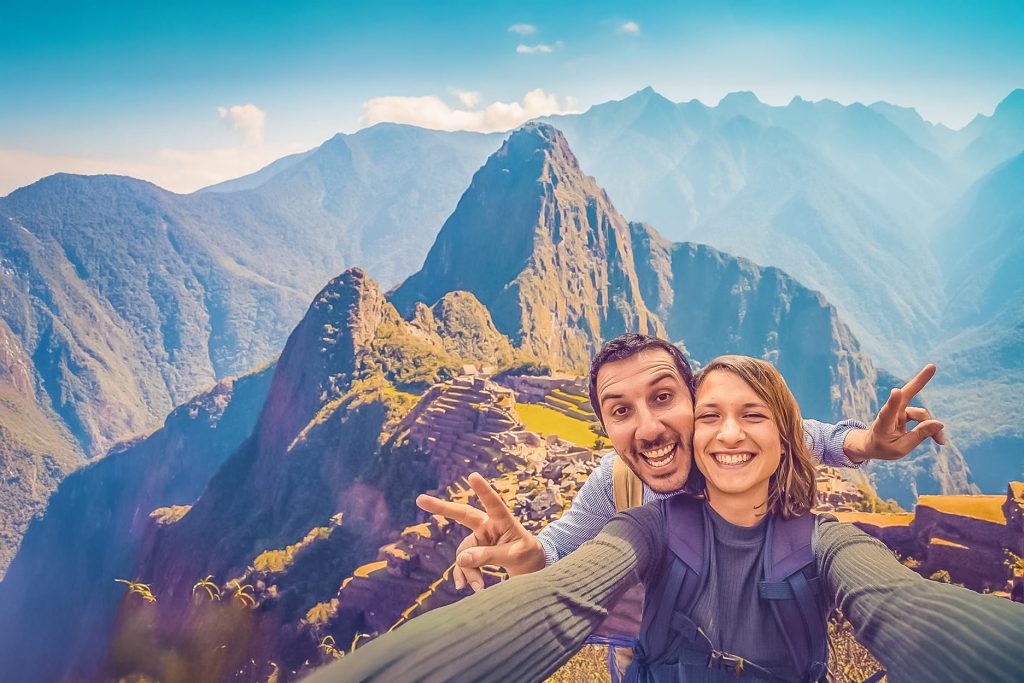

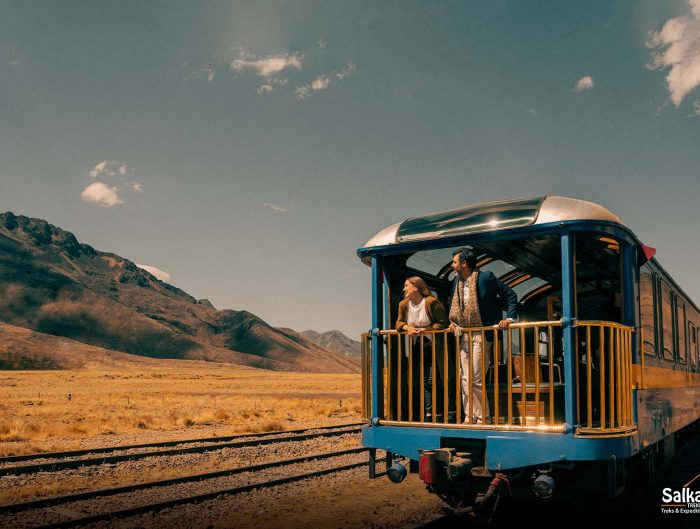
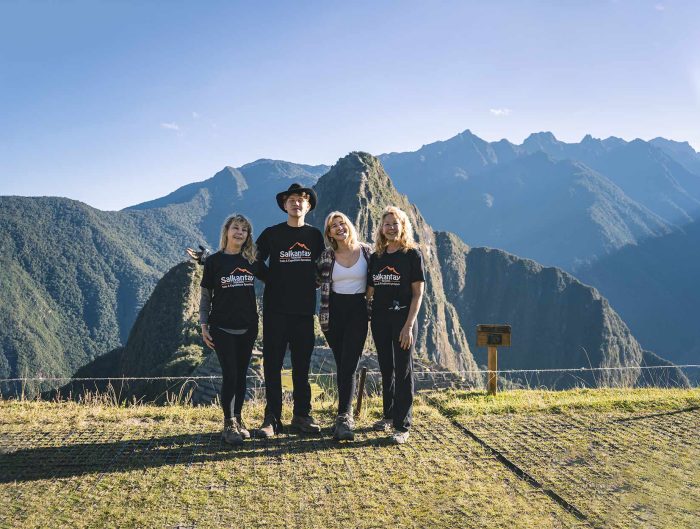
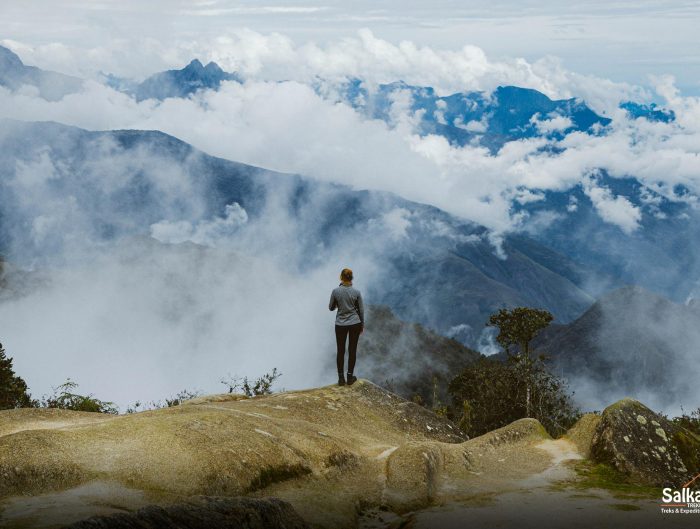
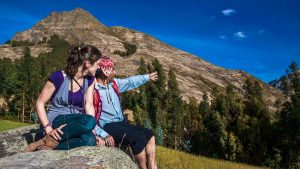
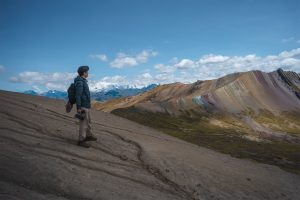
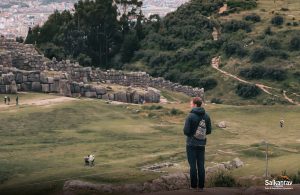
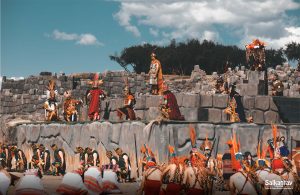
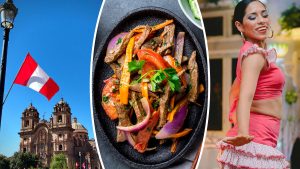



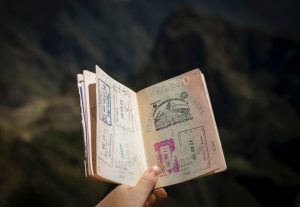
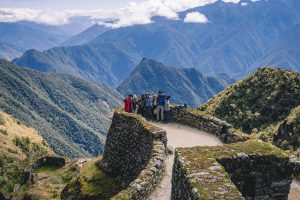
Leave A Reply